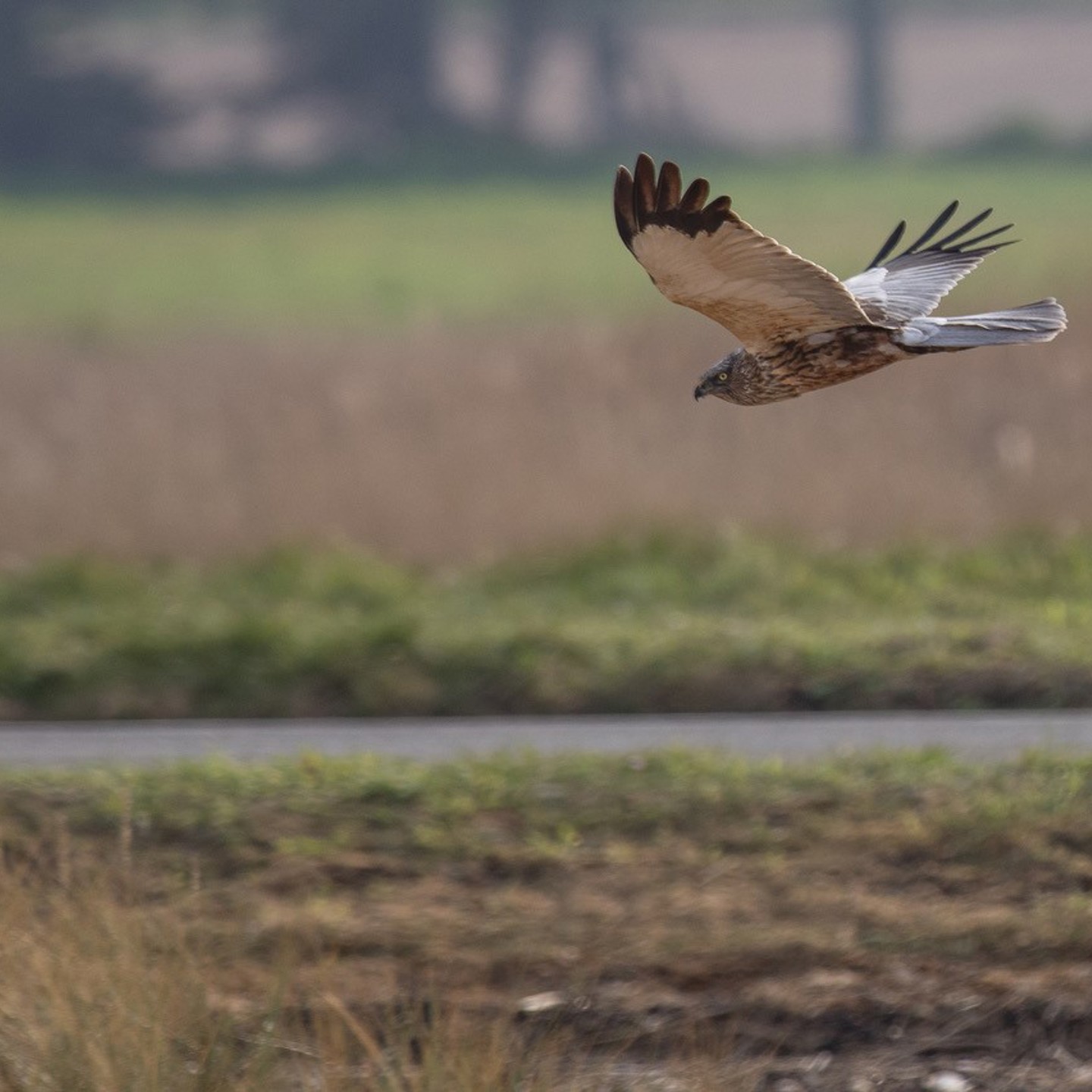Support us
The easiest way to help us protect Jersey's habitats and history is through an online donation or membership
Marsh Harriers
Jersey is one of the best places in the whole of the British Isles to see these majestic birds.
No Content Set
Exception:
Website.Models.ViewModels.Blocks.PageBlocks.BillboardBlocks.SplitBillboardBlockVm
Spectacular Raptors
The Marsh Harrier (Circus aeruginosus) is a species of raptor (bird of prey) typically associated with wetland habitats such as reed beds and marshes.
Marsh Harriers can be seen year-round in Jersey, but the months of October and November provide particularly spectacular viewing opportunities.
At this time all of the Island’s Marsh Harriers (and possibly some individuals from neighbouring areas) congregate at St Ouen’s Pond in the late afternoon. They spend the afternoon gliding over the reed bed before settling down to roost at dusk.
Prior to 1998 Marsh Harriers were a rare sight in Jersey. In 2001 two individuals were recorded overwintering at St Ouen’s Pond and in 2002 the first instance of a pair of Marsh Harriers successfully breeding at the site was recorded.
Marsh Harriers generally express strong sexual dihorphism, meaning that males and females are dissimilar in appearance.
Adult females are noticeably larger than males. Female plumage is mainly dark brown except for the head cap, chin, and the leading edge of the wings, which are paler in colour.
Juveniles appear similar to adult females, except their crown and chin are more orange. Males tend to be reddish brown in colour except for the head, which is usually blue-grey, the tail, which is grey and unbarred, and the wingtips, which are black.
In some populations, however, individual adult males sometimes exhibit permanent female plumage. This is known as permanent female mimicry, a phenomenon that to date has only been observed in two species of bird.


A Conservation Success Story
Since 2001 the breeding success story has continued, and Jersey’s Marsh Harrier population has grown considerably.
In 2016 15 breeding pairs were recorded, although it is thought that as many as 8 pairs may be currently breeding in the island. While the majority of pairs nest in the reed beds of St Ouen’s bay, observations of breeding pairs have also been made at Les Maltieres marsh and Samares marsh.
The number of individuals observed roosting in St Ouen’s bay during the winter of 2015-2016 peaked at 35.


No Content Set
Exception:
Website.Models.ViewModels.Blocks.SiteBlocks.CookiePolicySiteBlockVm